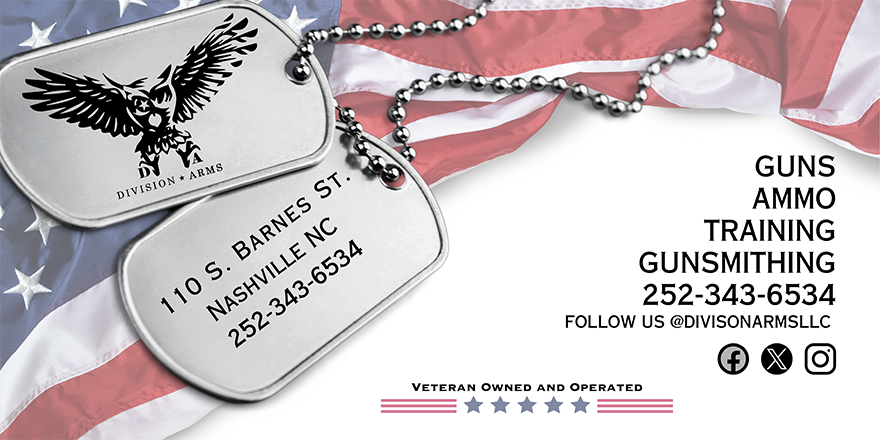Ian's Dad
Happy to be here
This is going to be way more wordy than it needs to be because I'm not sure exactly how to say what i'm wanting to ask.
I understand the difference in FFP and SFP. My particular 1-6 scope has a bdc type reticle. Let's assume for a moment that it is absolutely spot on with the 100, 200 and 300 yard marks (300 is as far as i'll shoot with this rifle). I know that the bdc is only "accurate" at 6x since it's an sfp scope. But the question I have is how far off would it likely be at 300 yards if i had it on 3X? I'm not looking for a precise number, but more an order of magnitude... would i be 1" off at 300 yards if on 3X or 6"?
hoping that question makes sense. My hunch is that for "minute of pie plate" type accuracy, the difference between 3x and 6x (or any other setting) will be neglibible. Thoughts?
I understand the difference in FFP and SFP. My particular 1-6 scope has a bdc type reticle. Let's assume for a moment that it is absolutely spot on with the 100, 200 and 300 yard marks (300 is as far as i'll shoot with this rifle). I know that the bdc is only "accurate" at 6x since it's an sfp scope. But the question I have is how far off would it likely be at 300 yards if i had it on 3X? I'm not looking for a precise number, but more an order of magnitude... would i be 1" off at 300 yards if on 3X or 6"?
hoping that question makes sense. My hunch is that for "minute of pie plate" type accuracy, the difference between 3x and 6x (or any other setting) will be neglibible. Thoughts?

